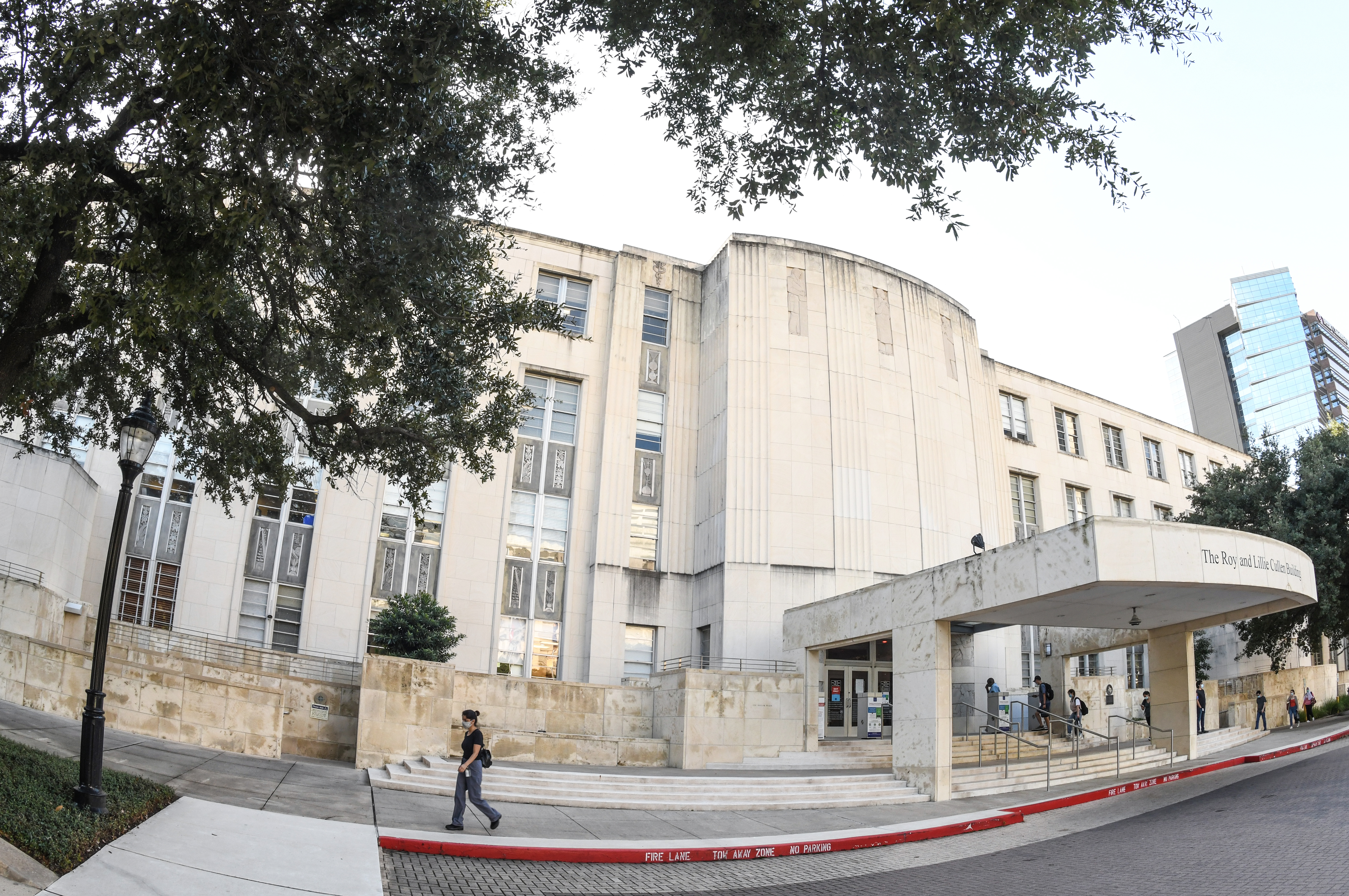Approaching the third anniversary of the Royal Commission into National Natural Disaster Arrangements, the Australian Government has joined with all States and Territories to provide an update on the progress made to help communities be better prepared, respond quickly, recover and rebuild from future disaster events.
Of the 80 recommendations made by the Royal Commission in a report tabled in Parliament on 30 October 2020, the Australian Government assumed primary responsibility for 15, with 12 completed and the remaining three expected to be completed shortly.
A report to the meeting of National Emergency Management Ministers today outlined that good progress has also been made on the remaining 65 recommendations, which are the responsibility of state and territory governments either independently or in partnership with the Australian Government.
Minister for Emergency Management Murray Watt said the large-scale disasters that have continued to devastate communities since the 2019/20 Black Summer bushfires, including the floods throughout much of last year, highlight the need for ongoing reforms.
“The Albanese Government is committed to ensuring Australians are more prepared than ever before for natural disasters,” Minister Watt said.
“The Royal Commission made it clear that state and territory governments should continue to have primary responsibility and accountability for emergency management within their boundaries.
“However, implementing these recommendations calls for a cohesive and unified national effort.
“Just as Australia continues to be challenged with extreme weather events due to the effects of climate change, we need to make ongoing improvements across the emergency management continuum to respond to these challenges, and this will continue after the Royal Commission’s recommendations are formally addressed.
“Many of the recommendations that haven’t yet been fully implemented are longer-term projects that are continuing to receive appropriate resources and attention.
“We are confident that with the progress made against these, and other, recommendations, we are in a far better position to support communities before, during, and after disasters.”
Key measures in response to the Royal Commission’s recommendations include the:
- establishment of the National Emergency Management Agency (NEMA) as a single, enduring agency;
- creation of the flagship Disaster Ready Fund (DRF) that provides up to $1 billion over five years, from 1 July 2023, to improve Australia’s disaster resilience and bolster Australia’s ability to reduce disaster risk by investing in important disaster mitigation projects;
- establishment of the National Emergency Management Stockpile (NEMS) capability to assist in building greater supply chain resilience and ensuring the supply of essential emergency goods in times of disasters;
- delivery of the National Joint Common Operating Picture (NJCOP) in November 2021, which provides a shared and common understanding both nationally, and across borders during crisis events;
- a significant upgrade of the Australian Government National Situation Room (NSR) to improve national coordination of disaster management;
- establishment of the National Coordination Mechanism (NCM) to support national situational
awareness and coordination of effective consequence management of complex crises;
- establishment of the Australian Fire Danger Rating System (AFDRS) on 1 September 2022, to improve fire agencies’ ability to consistently communicate the fire threat across Australia, and provide a national decision-making framework that supports operational planning, response and consistent community messaging;
- establishment of the Australian Climate Service (ACS) on 1 July 2021 to support better decision-making through improved climate, disaster risk and impact information, services and tools;
- development of the Australian Warning System (AWS), to provide nationally consistent warnings for emergencies like bushfire, flood, storm, extreme heat and severe weather;
- establishment of the Office of Supply Chain Resilience (OSCR) to identify and monitor critical supply chain vulnerabilities that could impact Australia’s national interest;
- establishment of the National Emergency Declaration (NED) Act 2020, which provides a legislative framework to enable the Governor-General to declare a national emergency on the Prime Minister’s Advice;
- establishment of the Independent Review into Commonwealth Disaster Funding including building additional resilience into Commonwealth programs;
- commissioning of the Independent Review of National Natural Disaster Governance Arrangements to better prepare governments for the demands of increasing future natural disasters; and
- the review of Disaster Recovery Funding Arrangements, (DRFA) to streamline and build additional resilience into joint Commonwealth-State recovery programs.
In consultation with state and territory governments, the National Emergency Management Agency (NEMA) has produced an interim report on the progress of the Royal Commission’s recommendations.
It is available on the NEMA website at: Royal Commission into National Natural Disaster Arrangements








